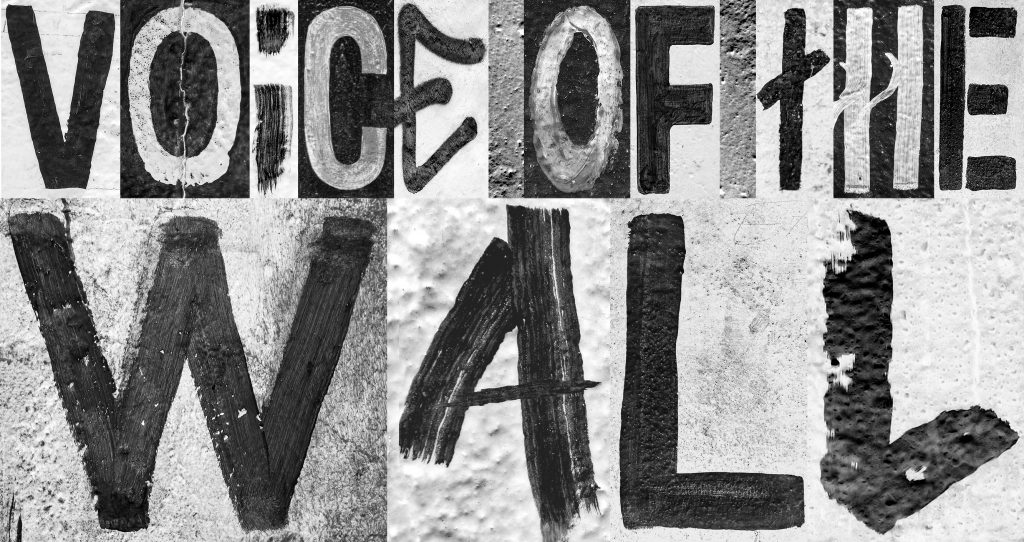A film and new typeface inspired by original graffiti from the Berlin Wall has been created as part of a campaign to mark the 30th anniversary of the wall coming down in November 1989. The film, in which we hear sirens, dogs barking and gunshots, depicts the suffering the Wall witnessed. It ends with the warning, “Division is freedom’s biggest threat”.
The font is available for everyone to make their own statements for freedom, using the anniversary typeface. The statements will be collected and turned into a book which will be sent as a message to the current leaders of the world.
The idea is created by HEIMAT Berlin for street art association, The Cultural Heirs, a non-profit association committed to integration and violence prevention as well as the prevention of discrimination and inequalities in our society.
The campaign explores the threat walls of all kinds can pose to society and freedoms worldwide. The starting point was the question: if walls could talk, what would the Berlin Wall say today? In this way, the typeset allows the Wall a voice and the ability to make a statement about freedom in our world today.
The typeface has been designed using the 26 letters in the alphabet – each taken from actual graffiti from the Berlin Wall, which became a politically-charged canvas for numerous street artists over the years.
Matthias Storath, CCO at HEIMAT, Berlin, said: “Street art and iconic design can have a dramatic impact on culture, and creating a campaign to celebrate freedom and warn about division to mark this important anniversary was very meaningful to us. We hope that this project will help remind audiences of our hard-won freedoms, which we must cherish and enjoy.”
STREET ART & THE BERLIN WALL
French street artist Thierry Noir is believed to be the first graffiti artist to begin painting the Berlin Wall, in West Berlin in April 1984. At the time, there was already writing on the wall – mostly racist comments and anti-American slogans. Noir wanted to perform a revolutionary act by transforming the wall, making it ridiculous and helping to destroy it.
In 1986, street artist Keith Haring painted a 300-metre mural on the wall, which was highly publicised. This featured human figures who were interlinked at their feet and their hands, signifying unity. The colours matched those found in the German flag: yellow, red and black. Unfortunately, it had been painted over by the time the Wall came down in 1989.
Following Wim Wenders’ acclaimed film Wings of Desire (1987), in which the Wall’s graffiti murals featured, Berlin street artists were soon joined by members of the public, who created a potpourri of art, graffiti, and messages for which the wall subsequently became famous. Much of the artwork was not claimed by artists and remains anonymous. Because the wall was open to everyone, there were no restrictions on what artists could do.
Source: Heimat



You must be logged in to post a comment Login